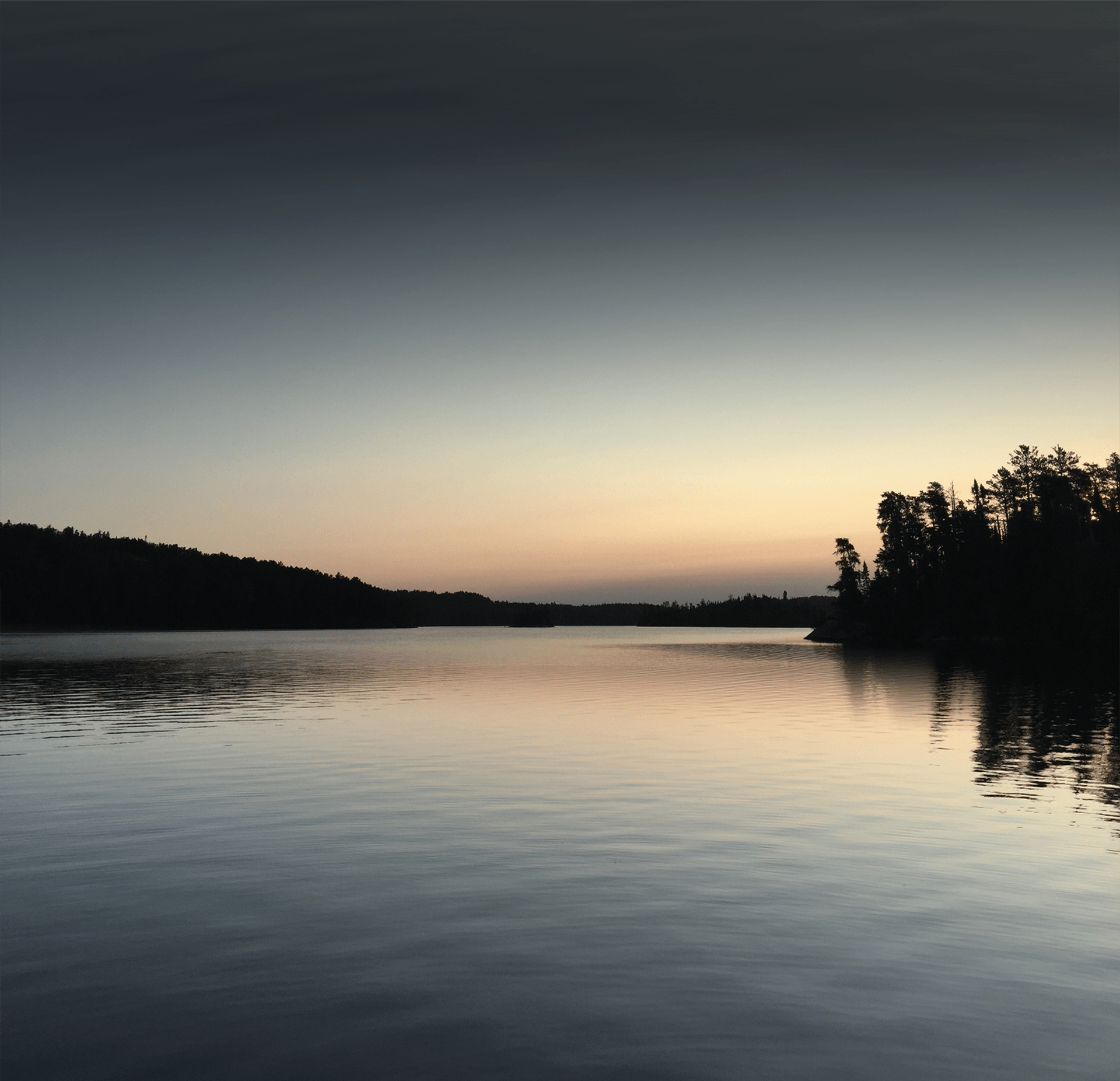Scott W. Milne
Owner and Lead Scientist
B.Sc. Trent University
M.Sc. University of Toronto
Scott Milne is the lead scientist and owner of Milne Technologies. He has over 25 years of experience with hydroacoustic technology and within the field of freshwater ecology. He is specialized in providing acoustic data collection, processing and analysis services to the private sector, government agencies, academic institutions, and nongovernmental organizations. Scott has many years experience designing and implementing mobile and stationary split-beam echosounder and imaging sonar surveys (i.e. Kongsberg - Mesotech M3 MBES, ARIS & DIDSON) for assessing fish behaviour and relative fish abundance around power-plant fish diversion systems (e.g., Pickering Nuclear Generating Station FDS, Eastman Chemical), cooling-water intake forebays (e.g. Darlington and Bruce Nuclear Generating Stations, Lennox TGS, etc.), large lakes (Lake Winnipeg, Great Lakes, Wabush Lake, Lake Simcoe, etc.) and water control/shipping canals (e.g., Welland Canal Lock system, Trent-Severn). From these and other long-term sonar deployment projects (e.g., Michipicoten DIDSON Fish Passage Assessment, USGS Crane Creek Wetland Reclamation Project, etc.), Scott has also developed software applications to automate sonar data processing for efficiently reducing large acoustic data sets down to a user-friendly database structure for further statistical analyses. He also has experience developing wireless and remotely operated sonar array systems for autonomous data collection in high-risk environments from surface vehicles and fixed sonar installations.
Scott has been involved with several international groups and committees including the Great Lakes Fishery Commission’s (GLFC) hydroacoustic and fisheries management technical committees including the “Study Group on Fisheries Acoustics on the Great Lakes”, a working group tasked with the development of standard operating procedures for hydroacoustic surveying of fish populations in the Great Lakes. Scott also led the hydroacoustic component of the GLFC’s “Emerging Technologies in Fisheries Science”, a workshop designed to introduce new fisheries technology to biologists, managers, and industry representatives from across the U.S. and Canada.
Scott‘s graduate thesis at the University of Toronto was on the foraging and spatial ecology of schooling fish and focused on the integration of hydroacoustic technology with traditional fish sampling techniques. In addition to working for academic institutions and resource consulting companies, Scott has many years of experience as a fisheries and stock assessment biologist for the Ontario Ministry of Natural Resources. He has presented his work at professional meetings and conferences including the ICES Acoustic Working Group, Canadian Conference for Fisheries Research, annual meetings of the American Fisheries Society, and at the Institute of Marine Research in Bergen, Norway.


